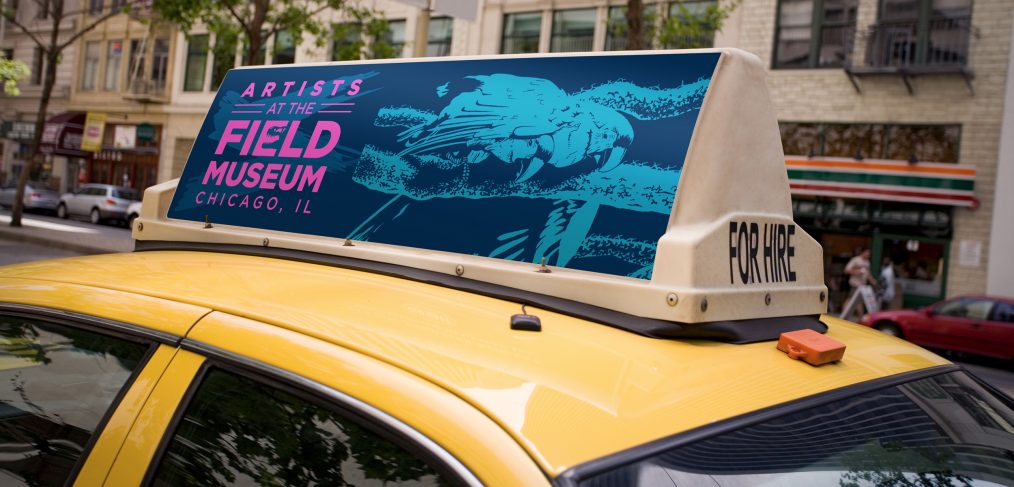
Picking a color for your brand
There is no perfect answer but I am going to do my best to give you my thoughts on this and hopefully help you draw your own conclusions.
BEFORE WE TALK COLORS, LET’S TALK COLOR. SINGULAR.
Every brand strives to capture a unique color that will define them, use as their own, and be immediately recognizable.
Think Tiffany. They are the best example in my mind. There are others like Coca-Cola, John Deere, and UPS. Did you immediately see light blue, bright red, green, and brown when I mentioned these brands? These brands have achieved what for some may be impossible. It’s great to set big goals with color, but only a small percentage of brands can actually achieve this kind of recognition. This was not just because of a great color choice, but because brands are built over time. In the beginning it’s important to simply target a color that will do three things:
- Resonate with your target audience
- Capture the emotion and tone of your brand
- Separate yourself from your competition
RESONATING WITH YOUR AUDIENCE
It’s important that you want your audience to feel comfortable within your brand experience. For instance, if you are targeting senior citizens then 80s neon is likely not the color for you. On the flip side, your color options explode when you are targeting a younger demographic. There are also companies that reach just about everyone (Facebook) so the color decisions become a bit more neutral and safe. The point is you should be aware of this and let it start to inform your decisions. Don’t forget cultural differences as well. We recently worked with a Tokyo-based company and quickly found out that the color we pitched (bold pink) was the national color for pornography. Not good.
Buuuuuut…
Don’t be so afraid to be bold and break convention. Change is good and you may be surprised about what your audience will accept. There is a time to be safe and a time to be daring. You will have to find your own comfort level with that. During our projects we take liberty to go bold in the beginning of the process. Then we pull it back as the brand requires before making our final decision.
CAPTURE THE EMOTION AND TONE OF YOUR BRAND
It’s always important to think about what a color means. What does it represent and how does that relate to your brand? What emotion does it drive and why? The topic of color psychology is extremely interesting and covered pretty widely these days.
It’s helpful to know if your color choices are a good match from a subconscious and psychological perspective. It’s not always so cut and dry but it’s nice to keep in mind. For instance, certain colors might be avoided in food brands because of what they mean in nature (i.e. black = rotten).
There is room to stretch the boundaries here as well but again, it all comes down to your comfort level. We were confident that the pink from the above story would work if the brand remained fearless about it. The client was not as confident. In the end, we added some red to the mix. That took away the negative attributes they were feeling, while also keeping the impact we wanted for them.
SEPARATE YOURSELF FROM YOUR COMPETITION
This is the hardest part and not always true.
While it makes sense to want to feel different from your competition, color is not the only interaction they have with you. It might be a large one depending on who you are, but it’s not the end all. If all the colors in your space are taken, it doesn’t mean you need to pick a random color. You still need to do what’s best for your brand, product, and audience before choosing to be different. The big tech giants are really good examples of this.
IN CLOSING
Color is an important part of your brand’s identity. You want a color that resonates with your audience, captures the emotion of your brand, and separates you from the competition. Not an easy task by any means. But remember that like your logo, a color is only one piece of your brand’s story. They serve to start a conversation with your audience. That conversation will grow for years to come. And in that time, so too will recognition of your brand’s colors.
